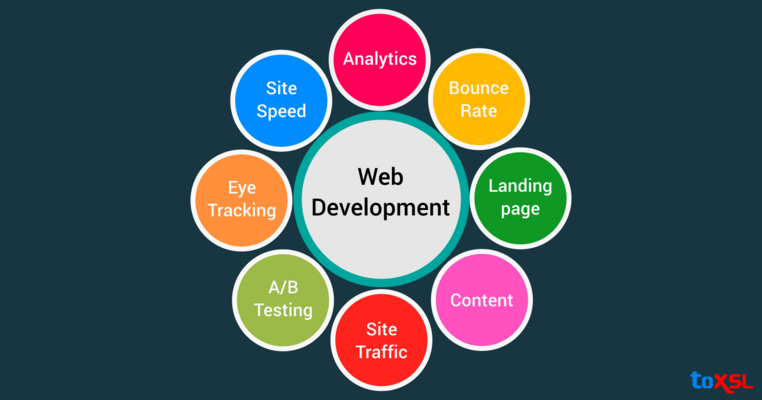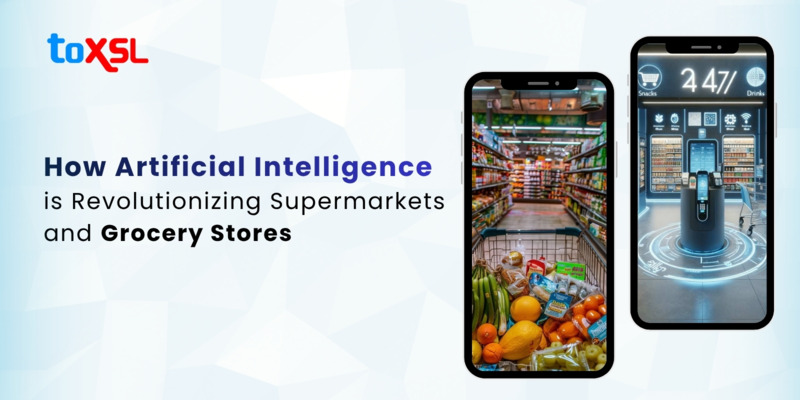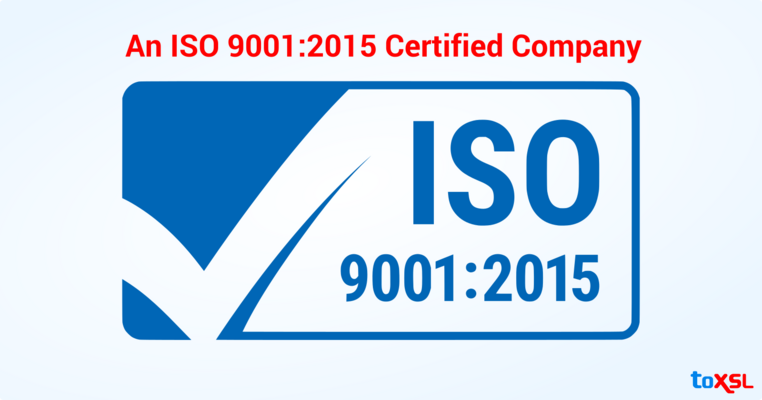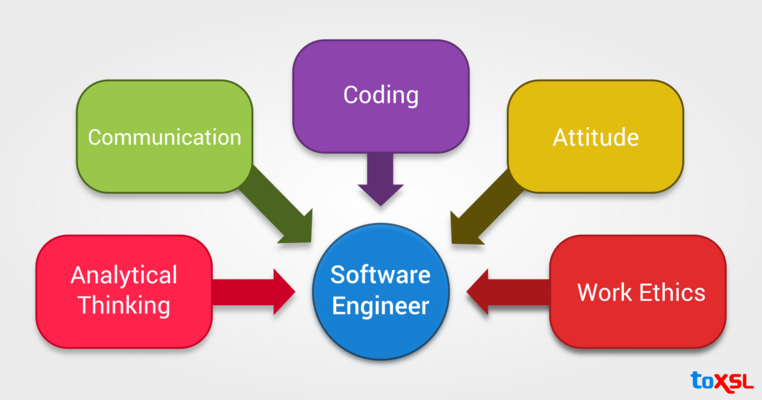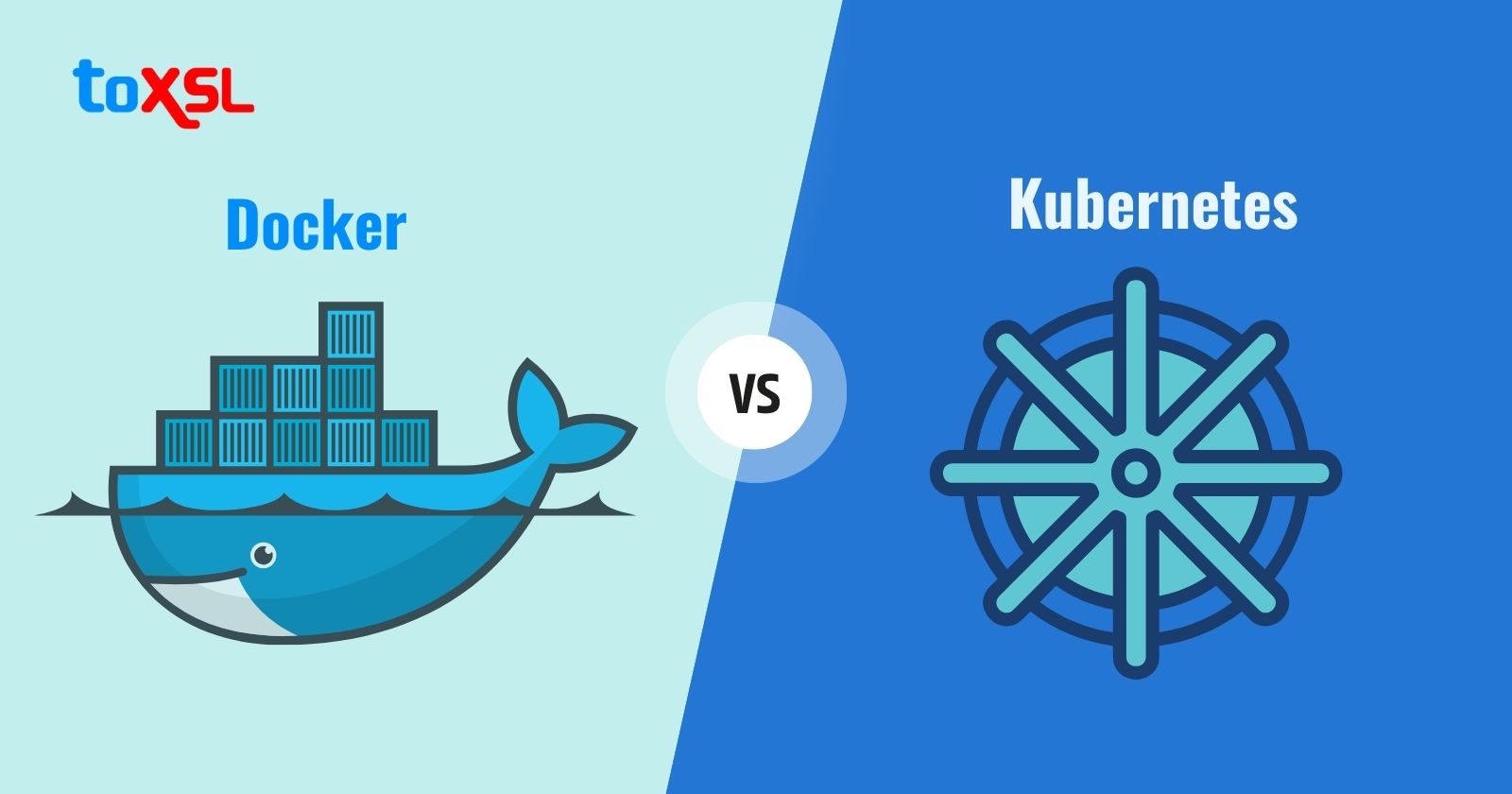
Did you know that Docker accounts for over 33% market share of the containerization technologies market? However, Kubernetes holds the second position.
The global containerization technology market size is expected to reach $3123.42 million by 2031, growing at a compound annual growth rate (CAGR) of 19.8%. Containerization technology is used for deploying and managing software applications. It is a lightweight form of virtualization that puts applications and their dependencies together into a single unit called a container.
Container makes it easy for developers to move and use the application in different environments without any compatibility issues. Also, containerization helps developers create, test, and deploy applications efficiently by bundling everything into one unit or package that can work across various systems.
After the pandemic, container technology has experienced higher demand than expected across all regions compared to pre-pandemic levels. Container technology has played a crucial role in digital transformation with its ability to modernize application development and deployment processes.
However, the container technology market is dynamic. Its demand has increased to a greater level, and this has enhanced the focus of businesses towards more security and governance of containerized environments. Organizations, nowadays, are learning the importance of securing their containerized applications and ensuring compliance with industry regulations. Container security solutions like vulnerability scanning, container image signing, and runtime protection are becoming more common to address the security challenges posed by containerized environments.
However, there are a few well-known containerization technologies that developers use. They are Docker and Kubernetes.
Docker: Docker, also known as Docker Engine, is an open-source container runtime. It lets software developers build, deploy, and test containerized applications on numerous platforms. Docker containers are self-contained packages of apps and files that are developed using the Docker framework.
Kubernetes:Kubernetes is a well-known open-source container orchestrator that software developers use to scale, manage, and deploy many microservices. It uses a declarative model that makes automation of containers easy and ensures that Kubernetes takes the right action to fulfill the requirements of configuration files.
Docker vs. Kubernetes: Statistics
Whatever containerization technology you choose, here are a few statistics that you must stay aware of:
According to global surveys, Docker is very popular among developers. More than 53% of developers use Docker in their workflows. Whereas, more than 60% of businesses are using Kubernetes, and 96% of big companies use it. Whereas,
When we look at daily activity, the Docker Hub gets over 10 million pulls of container images every day. However, Kubernetes is mostly used by Fortune 500 companies that have already incorporated it into their operations.
The global market for Kubernetes is expected to reach $7.8 billion by 2030 and grow at a CAGR of 23.40% each year from 2022 to 2030. About 30.56 million developers around the world have started using Kubernetes. While, Docker continues to lead the containerization market with a strong share of about 83.18%, serving over 55,887 customers.
Docker vs. Kubernetes: Key Differences
However, businesses often get confused between Docker and Kubernetes. Here are a few critical differences that set Docker and Kubernetes apart.
Functionality and Scope: Docker is a tool that helps developers create, share, and run applications in special packages called containers. These containers hold everything an application needs to work, making it easy to run the application anywhere without problems.
Kubernetes is a tool that manages numerous containers together. It organizes where the containers run, and how many copies there are, and helps fix any issues if something goes wrong. This makes it easier for developers to build and manage complex applications that may have many parts working together.
Scalability and Load Balancing: Docker can balance the load of its containers. However, it only works on one machine and cannot automatically increase or decrease the number of containers. In case, developers want to manage numerous containers, they can use tools like Docker Swarm, which many companies do not use.
Kubernetes, on the other hand, is effective because it can easily change the number of running containers based on demand. This flexibility keeps applications responsive during busy times and saves resources when demand is low. As a Kubernetes storage platform, it also offers load balancing features, ensuring that no single container gets too much traffic and allowing all containers to operate efficiently.
Self-Healing Abilities: Docker does not have native-healing capabilities and if a container crashes, it needs manual help. Sometimes, your developers might have to use third-party tools to restart or replace it.
However, Kubernetes has self-healing features and monitors the state of the container. If a container fails, it will automatically restart it. This feature of Kubernetes ensures low downtime for the app, and the user can continue to focus on other important things without worrying about the failure of any container.
Networking and Service Discovery: Dockers can communicate with each other or only with the host. However, managing complex networking scenarios is a lot of work and can be time-consuming.
On the other side, Kubernetes has advanced networking features built in, such as service discovery and load balancing. It has a microservices' architecture that makes communication simple and handles all traffic routing to containers.
Easy of use: Many Docker users have been complaining about Docker documentation, as it has not been updated, and it is easy to fall behind on platform updates. Also, Docker’s containers are vulnerable, as it is easy to pick up but lacks segmentation.
However, Kubernetes is expensive to run and has huge cloud spending. Kubernetes demands persistent efforts to learn, and users beginners must invest time to learn it. Also, users need to pay an extra amount to get access to its advanced features.
Docker vs Kubernetes: When to Choose What?
Whether you need Docker or Kubernetes will depend on if you need cloud-native features. You also need to think about the complexity of the application and how many workloads you plan to run.
Docker is best for making simple and lightweight applications. Kubernetes is a great choice for heavy production environments and can manage many containers across various machines.
So, if you can handle your infrastructure without any special features from Kubernetes, you can use Docker Swarm. However, you should use Kubernetes if you want advanced features. However, remember that it will take some time to set up, but once it’s running, you’ll be all set!
Docker vs Kubernetes: Use Cases
Still confused between Docker and Kubernetes? Let us simplify it for you with these popular dockers vs Kubernetes use cases:
Kubernetes helps developers focus on developing new ideas and works well with microservices. It automates how applications are deployed, scaled, and managed in containers. One great feature of Kubernetes is that it can also manage services at the edge of the network for Internet of Things (IoT) applications.
Developers use Kubernetes to streamline their Continuous Integration and Continuous Deployment (CI/CD) processes. They automate the steps of building, testing, and deploying their software. Kubernetes allows cloud-native applications to deploy easily on various cloud services. Now that, it works with any cloud platform, it helps avoid being stuck with one provider and makes it easier for developers to use multiple clouds.
Docker helps break your applications into smaller, easier-to-manage parts. Developers can encapsulate important components for your applications in containers, ensuring they work the same way no matter where they are run.
Docker makes it easier to scale, move, and manage older applications, helping developers migrate apps to containerized environments, and improving their performance and management.
Conclusion:
In this blog, we have discussed Docker and Kubernetes in detail, and you can choose as per your requirements. However, it is not about if one should use Docker or Kubernetes. In reality, you need both. A few things are missing in Docker, but present in Kubernetes, and vice versa.
ToXSL Technologies is a leading software app development company, developing a world-class AI-powered cloud-native platform to give businesses best of the both worlds regarding Kubernetes and Docker. Contact us today to learn more.
FAQs
1. What is the main difference between Docker and Kubernetes?
Docker is a containerization platform that packages applications into lightweight containers. Kubernetes is a container orchestration tool that manages and scales containerized applications. While Docker creates containers, Kubernetes helps deploy and manage them in large-scale environments, ensuring high availability, load balancing, and automation.
2. Can Docker and Kubernetes be used together?
Yes, Docker and Kubernetes are often used together. Docker creates and runs containers, while Kubernetes manages them across multiple machines. Kubernetes schedules, scales, and maintains containerized applications, using Docker as the container runtime. This combination allows developers to build and run applications more efficiently in modern DevOps environments.
3. Which is better for beginners: Docker or Kubernetes?
Docker is generally better for beginners. It's easier to learn and is ideal for understanding the basics of containerization. Kubernetes is more complex and suited for managing containers at scale. It's recommended to start with Docker to grasp container fundamentals before moving on to Kubernetes for orchestration and automation.







